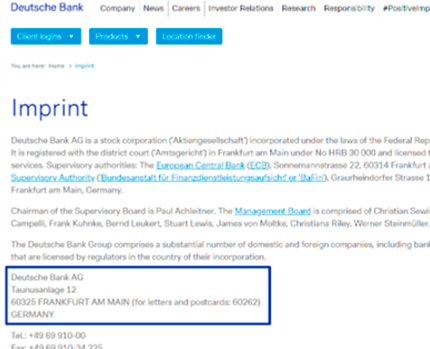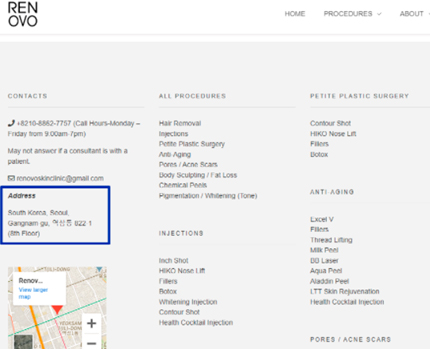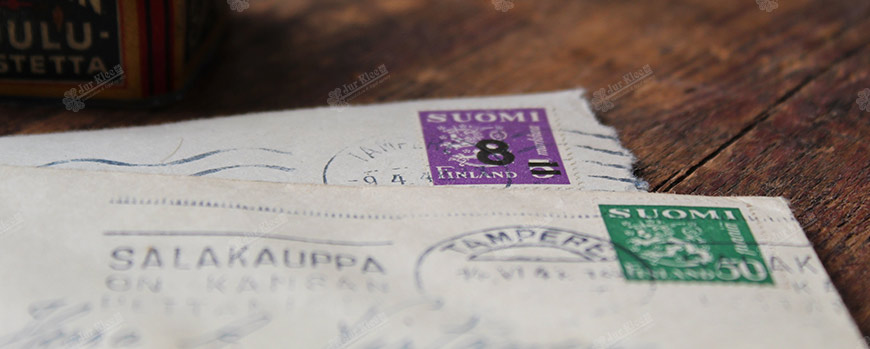
Translation of the address into English: how to do everything right?
Many people think that translating an address is not a difficult task. However, this is not quite true. The main difficulties of such a task are the following:
- Lack of the single standards;
- Whether different countries have special requirements for writing the address;
- Getting into the period of changes.
The main snag here is the absence of the single rules for all and a number of contradictions in the ways of work.
How it was in the recent past
If we talk about the times of the USSR, then during this period there was an adaptation to the language into which the translation was made. Working with the address could not do without fitting to the culture of the country of interest. Therefore, it was quite commonplace to translate Dvortsovaya Street as Palace Street , and Zelenyi Avenue as Green Prospect.
Despite the senselessness of such a picture, this is practiced in our time. However, you must agree, people are unlikely to understand the question of a foreign tourist who is looking for Dvortsovaya Street or is interested in the location of the Palace Street. Understanding can be achieved only through transliteration of the address, which will allow you to clearly understand what Dvortsovaya ulitsa is. But in cases where the address is indicated on envelopes for letters, the correct index will help to sort out the confusion.
About the translation of the address in our days
In order not to feel disconnected from the whole world, our compatriots prefer to adhere to international rules prescribing the use of transliteration. Just because the following is provided:
- The maximum possible use of transliteration, which is especially important in the translation of contracts, ownership documents, and other papers, where the correct spelling of the address is important.
- If it is necessary to convey the nuances of culture and toponyms, strict observance of translation traditions and international recommendations will be mandatory.
- Prevention of discrepancies in documentation by using ready-made versions with earlier translation of good quality.
- Orientation to translation standards in texts for tourists, where transliteration is given in parentheses.
About the order valid for each element of the address
Remember that most regions of the modern world have their own rules for address elements. In the absence of a single standard, it is necessary to be guided by many recommendations of a local nature. According to the experience of solving such problems in a variety of countries, most often they prefer to leave the address in its original form. When making a translation, it is most correct to achieve a result as close as possible to the source. The best solution here would be this approach to the solution:
- Preference for the option chosen by the client or the use of a ready-made translation made earlier;
- In the absence of the customer's wishes, the translators leave the address in its original form.
For example, using the Russian format of the address: 01032, Киев, улица Назаровская, 19, литера А, пом. 2Н, a ready-made English version of this type is provided: Ukraine, 02032, Kyiv, Nazarivska street, 19, litera A, pom. 2Н.
You can also give such examples of preserving the original order in the address:
English version of the Deutsche Bank website, where the address is presented in order from the smallest to the largest, i.e., from the street and the house - to the name of the city and country.

The English version of the Korean Clinic Renovo website with an address from larger to smaller, i.e., starting with the country and ending with the floor.

The English version of the website of the University of Iceland - the address is in order: street, house, city, and index.

Translate or transliterate
The generally accepted order of writing an address is considered to be: using the Latin alphabet to indicate streets and districts, and in relation to cities and regions, preference will be given to established options. As for transliteration, there are different systems here. The BSI standard is recognized as the most popular of all, but for Ъ and Ь it is worth using Y. Moreover, for passport, the ICAO or FMS standard is often chosen.
A good example is the Russian version of the address:
Морская набережная
Киев
which in English translation will look like this:
Morskaya naberezhnaya (transliteration)
Kyiv (established version).
Streets, crosswalks, dead-end streets
The best thing here is to turn to transliteration. If it is necessary to work with advertising booklets and other texts of this direction, it is preferable to resort to the traditions of translation. However, if the client wants it, then he is also provided with a transliterated version. And in the case when street names include numbers, then along with transliteration, you will also need to decipher them. When using some abbreviations in the address, transliteration is performed according to the original version. However, the abbreviation with a hyphen should be indicated in full.
For a better idea of what has been said above, it is worth resorting to such an example, where the Russian version has the following form:
Набережная реки Фонтанки, 2-я Железнодорожная улица.
The English version will look like this:
Naberezhnaya Reki Fontanki in contracts, but Fontanka River Embankment in advertising booklets - Vtoraya Zheleznodorozhnaya ulitsa.
About the possibility of transliteration of international objects of wide fame
If you are going to deal with hotels and restaurants, it will be correct to use the name indicated in English sources. The translation of the names of famous cultural and historical objects depends entirely on the type of text of interest. When using uppercase and lowercase letters in the source code, it is better to write all letters in lowercase form for translation.

About the translation of elements such as apartment and floor
Here everything will be done according to the client's wishes. In some cases, an option based on a ready-made translation made earlier turns out to be suitable. When doing the work from the very beginning, we are heading for transliteration.
Here are some notations in English
| бюро | byuro или bureau |
| офис | office |
| квартира | apartment |
| комната | komnata |
| этаж | floor |
| помещение | room |
| кабинет | unit |
Site, building, entrance
Both with regard to the words building and site, and with regard to the available abbreviations, transliteration will be the basis for actions.
Examples of address designations
| корпус | korpus |
| подъезд | podyezd |
| здание | zdanie |
| строение | stroenie |
Tips for translating a city and a village
If we talk about the names of settlements, then it is best to clarify the spelling with the help of a special reference book. Moreover, when they mean types, then translation is mandatory.
Translation of localities in English
| город | city |
| городское поселение | urban settlement |
| населенный пункт | locality |
| поселок городского типа | urban-type settlement |
| село | village |
| дачный поселок | suburban settlement |
